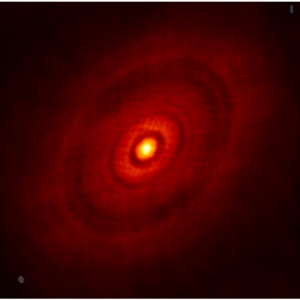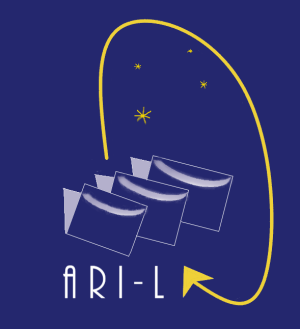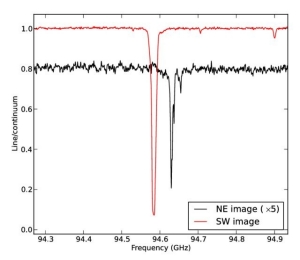I-TRAIN with the European ARC Network
The European ARC Network is initiating I-TRAIN, a regular series of Interactive Training in Reduction and Analysis of INterferometric data. The sessions will cover a wide range of topics of interest to the ALMA user community with the aim to help users gain expertise in working with interferometric data.
The duration of each training session will be about one hour, including a live demo and interactive Q&A. Information on the I-TRAIN sessions and legacy materials are available here
 |
I-TRAIN #1: Imaging with the ALMA PipelineThe European ARC Network is offering an online training on the ALMA Science Pipeline on December 4, 2020, 11:00 CET [Zoom link]. In this training session participants will learn how to run the ALMA Science Pipeline for their own scientific purposes. They will be guided on how to tweak different parameters of the pipeline tasks to produce cleaned data cubes from publicly available ALMA data. This will allow users to obtain products that are tailored to the specific requirements of their science projects.
|
 |
I-TRAIN #2: ALMA Science Archive update and ARI-LThe European ARC Network is offering a topical training on some recently added functionality of the ALMA Science Archive like access to individual files, the CARTA remote visualization and the new ALMA VO services. The training session will be on December 15, 2020, 11:00 CET [Google link]. An overview over the European ALMA development project ARI-L will follow. ARI-L has already delivered over 74000 science FITS files to the ALMA Science Archive completing the existing ALMA products for Cycles 2-4.
|
 |
I-TRAIN #3: UVMultiFitThe European ARC Network is offering an online training on UVMultiFit on January 15, 2021, 11:00 CET [Zoom link]. The tool UVMultiFit is a versatile library for fitting models directly to visibility data. Visibility fitting can be a powerful method to analyze interferometric data and extract source information without the need to process image deconvolution. During this training session users will learn how to use this tool on real, publicly available ALMA data.
|
